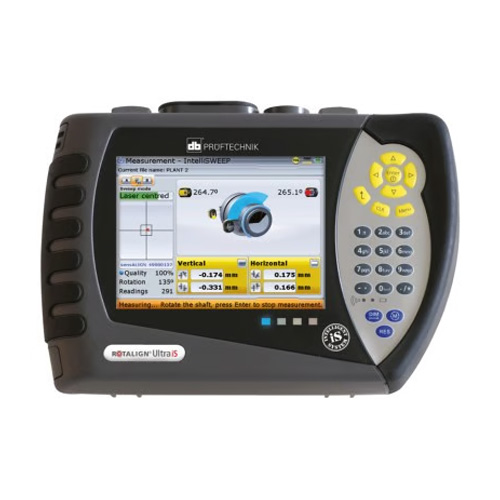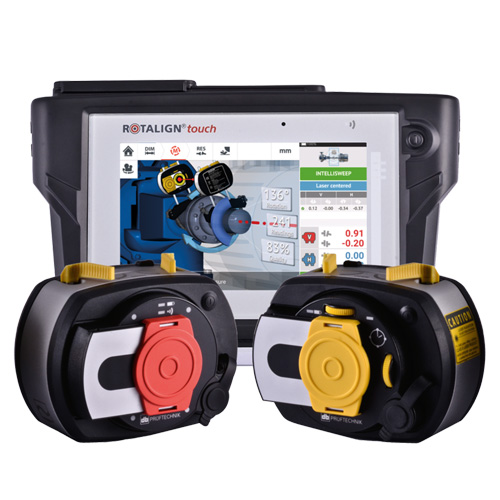New Olympus OmniScan X3 64 Phased Array Flaw Detector
Olympus OmniScan X3 64
Olympus OmniScan X3 64 detector’s powerful focusing capabilities supported by its larger element-aperture capacity enable you to fully exploit 64-element phased array probes and 128-element aperture TFM. Utilize its enhanced performance to meet the inspection challenges of thick and attenuative materials and expand your potential to develop new procedures for a wider range of applications.
Olympus OmniScan X3 64 Phased Array Flaw Detector with Innovative TFM
Confidence You Can See
Olympus OmniScan X3 64 flaw detector is a complete phased array toolbox. Powerful tools, including total focusing method (TFM) imaging and advanced visualization capabilities, backed by its high image quality enable you to complete your inspection with greater confidence.
Benefit from 64-Pulser Phased Array
Exploit the full potential of 64-element phased array probes using the OmniScan X3 64 flaw detector to achieve improved resolution at the focal point.
Slide Right: Acquired using a 32-channel OmniScan X3 unit with a 64-element probe (5L64-A32 model), this S-scan is a high-quality image but the resolution reflects the fact that only the middle 32 elements could be used for the focal law.
Slide Left: Using a full 64-element aperture (5L64-A32 probe), the OmniScan X3 64 flaw detector provides better PA resolution at the focal point, enabling you to more easily distinguish indications that are close together or in a cluster.
Access Full 128-Element Aperture TFM
Made possible by new generation electronics, TFM imaging offers better focusing capabilities for smaller indications and an improved signal-to-noise ratio (SNR). With its 128-element aperture capacity, the OmniScan X3 64 model provides enhanced image clarity.
Slide Right: This TFM image was acquired with 64 elements of a 128-element probe (3.5L128-I4 model) using an OmniScan X3 32-channel model.
Slide Left: Here, the OmniScan X3 64 flaw detector enabled us to use the full 128-element aperture of our 3.5 MHz, 128-element I4 probe. Note the improved resolution and reduced background noise.
Improved Phased Array
Olympus OmniScan X3 64
Up to 3x as fast as the OmniScan MX2 flaw detector (max pulse repetition frequency)
Single TOFD menu for an accelerated calibration workflow
800% high amplitude range reduces the need to rescan
Onboard Dual Linear Array and Dual Matrix Array probe support accelerates setup creation.
Ease Corrosion Monitoring Using Phased Array
Using phased array to inspect corrosion offers many benefits, including excellent coverage and resolution. However, becoming proficient in phased array techniques can be challenging. The OmniScan X3 flaw detector combines advanced functions such as gate synchronization with thoughtfully designed software and simplified menus, so you can obtain accurate data more easily. Configure your setup quickly thanks to its A-scan synchronization processing and manual time-corrected gain (TCG).
• Data Specifications • Acoustic Specifications • TFM/FMC • Operating Environment
Data Specifications
| ||||||||||||||||||||||||||||||||||||||||||||||||||||||||||||||||||||||||||||||||||||||||||||||||||||||||||||||||||||||||||
TFM/FMC
Operating Environment
|
- Availability: 16 In Stock



Leave a Reply